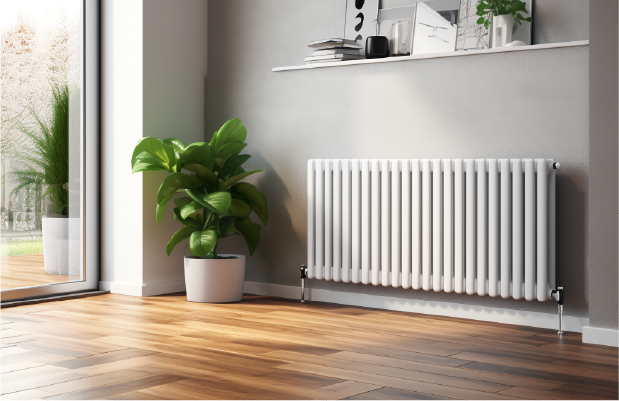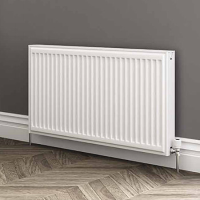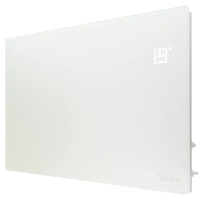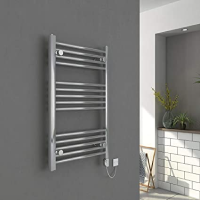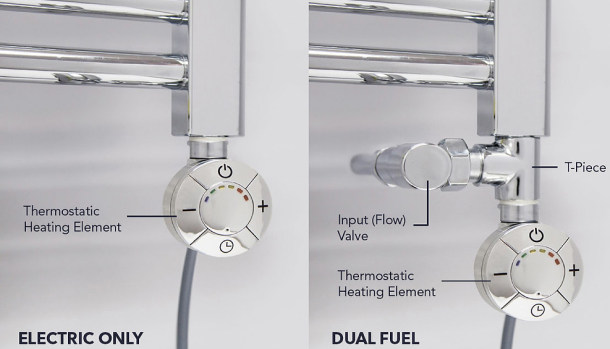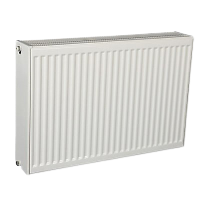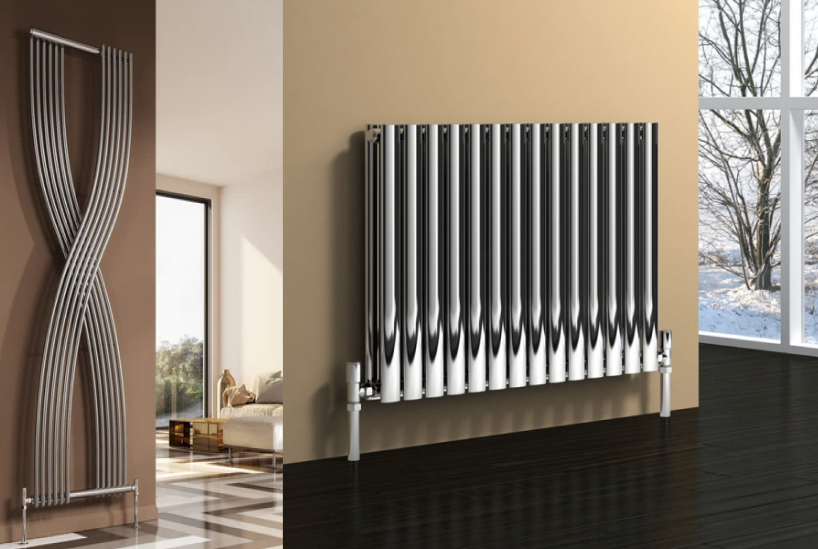When you’re buying a radiator, there are so many things to consider. These include the room size you want to heat, the radiator style, the required BTU (British Thermal Unit) output, and the heating type that best suits your home. This guide focuses on various wall-mounted radiator options, explaining how they work to help you choose the best one for your property. As this guide is lengthy, feel free to use the contents below to jump to the section you need.
What size radiator do I need?
Before we get into the different radiator types available, it's best to know what size radiator you need to heat your room. The size of the radiator will be dependent on the heat output you need. Usually, the larger the room, the more heat you need to warm it, so the bigger the radiator will be.
Radiator heat output is measured in BTU, which stands for British Thermal Unit. Room dimensions, insulation quality, windows, and the room’s purpose may affect how much BTU you need.
A simple BTU calculation formula is:
BTU = Room Volume (cubic feet) × Heat Factor
To do this:
- Measure the height, width, and length of the room in feet.
- Times those numbers together to get the room’s volume / cubic feet value. For example, if a room measured 15ft x 12ft x 8ft, you would calculate 15 x 12 x 8 = 1440. 1440 is your cubic feet value.
- Times your cubic feet value with the most fitting heat factor below:
- Well-insulated bedrooms and living rooms: 5
- Bathrooms: 6-7
- Poorly insulated rooms: 8-9
- Adjust the calculation for rooms with large multiple windows by adding 10% or 15-20% for rooms with north-facing windows and rooms prone to heat loss.
The benefit of calculating BTU is that you can efficiently heat your room without wasting energy by overheating it. However, if you’re choosing between radiators with a higher or lower BTU than required, always pick the radiator with more BTU. This ensures your rooms will be sufficiently heated on even the coldest days.
Once you have your BTU value, you can filter online shopping sites to show radiators with that BTU output. If the radiators that show are too large for your available wall space, you might want to consider vertical radiators or installing multiple radiators within one room.
What is a central heating radiator?
What is central heating and how does it work?
Central heating radiators work by circulating hot water, heated by a boiler, through pipes inside the radiator. The hot water warms up the radiator, which then heats the air in the room. You can think of central heating radiators as metal hot water bottles. Some types, like convector radiators, have convection fins that increase their surface area, providing more space for the radiator’s heat to transfer to the air around it, enabling faster and more efficient heating.
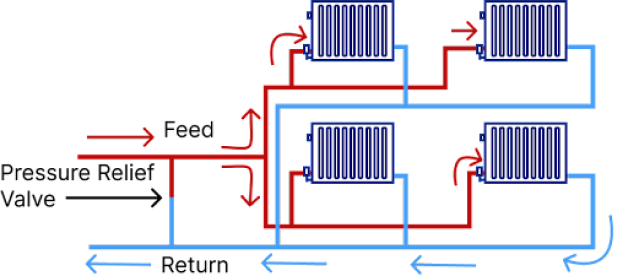
What is an electric radiator?
What is a dual-fuel radiator?
Types of convector radiators
The most common radiator installed in domestic properties is the convector radiator Type 11, type 21, and type 22 are the most popular.


